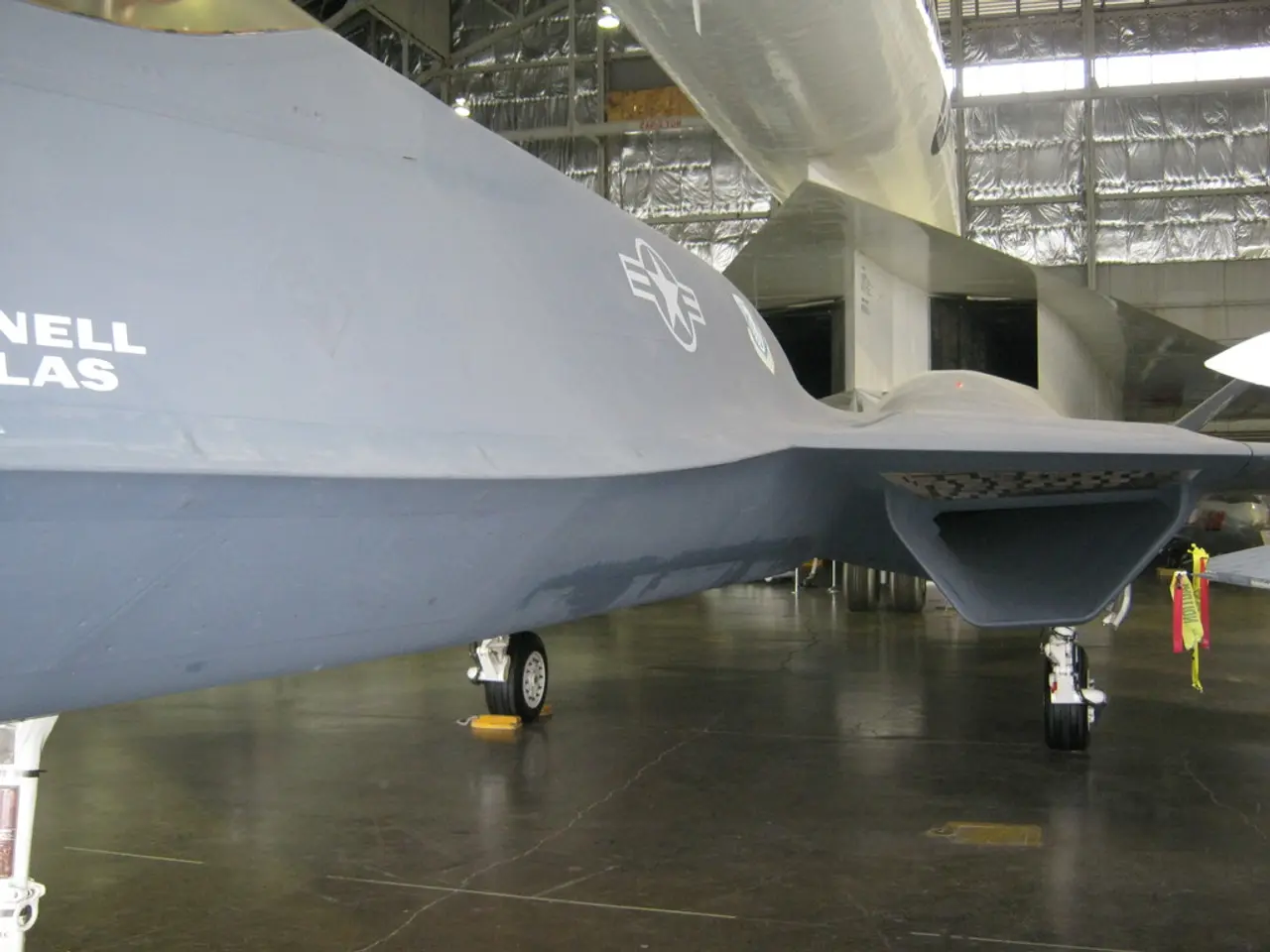Modernizing air traffic control equipment won't address more fundamental issues according to air traffic controllers.
U.S. Air Traffic Control System Faces Multiple Challenges
The U.S. air traffic control system is grappling with a range of issues beyond modernization, including staffing shortages, low morale, funding inconsistencies, aging infrastructure, and safety vulnerabilities.
Staffing Shortages and Burnout
The Federal Aviation Administration (FAA) is currently about 3,500 controllers short of its target staffing levels, leading to mandatory overtime and six-day workweeks for many controllers. This shortage has caused delays and increased stress among personnel, with many trainees dropping out due to burnout and workload pressures.
Low Morale
FAA leadership has highlighted unacceptable morale levels among air traffic controllers, citing insufficient attention from current administration policies toward aviation needs.
Funding and Budget Allocation
While $12.5 billion has been designated for modernization efforts, consistent and adequate funding remains a challenge. Congressional debates focus on allocation priorities, including radar upgrades, telecommunications, runway safety, and new facility construction, with some disagreement on funding for remote and new control towers.
Aging Infrastructure and Systems Risks
Apart from modernization, aging facilities and equipment, including analog radio communication systems and old radar centers averaging 61 years old, pose maintenance challenges and safety risks. Replacement parts for older technologies are scarce, and the retirement of experienced personnel worsens maintenance difficulties.
Safety Incidents
Infrastructure problems have resulted in safety incidents, such as recent radar and radio blackouts caused by burnt wiring at Newark Airport, indicating vulnerabilities beyond simply needing modernization.
Measures to Address Issues
To address these issues, the FAA plans to boost controller hiring and has introduced incentives to retain talent, aiming to close the staffing gap in three to four years. The recent budget reconciliation act provides significant funding to support modernization and infrastructure upgrades. Plans include building new air route traffic control centers and upgrading control towers, with some funds earmarked for new tower programs and remote towers trials.
Salaries and Working Conditions
The average certified controller earned a salary of about $155,000 in the last fiscal year, according to the FAA, plus overtime and other premiums that push the total cash compensation to an average of $193,000. Controllers are concerned about the impact of mandatory overtime and six-day workweeks on their ability to perform their jobs effectively. They argue a pay raise would help compensate for rising inflation and the added pressures of the job.
Union Concerns and Support
The union could also push for other financial benefits besides raises, such as premium pay for working Saturdays and changes to overtime pay. The union president, Nick Daniels, has heard the message about pay and considers it a priority. The union is looking to find areas of agreement with the Trump administration, which is why the union has supported the effort to modernize equipment and hire more staff.
Looking Ahead
The Trump administration aims to overhaul the technology used in air traffic facilities, including radar and telecommunications equipment. However, controllers express skepticism about the administration's ability to achieve its goals as quickly as promised. Some controllers argue they should be paid more to compensate for the grueling working conditions. An anonymous air traffic controller working at a facility in the Midwest that handles high-altitude traffic expressed dismay that the federal officials and union leaders' response to the midair collision and radar outages focused on upgrading equipment and ramping up hiring, rather than addressing long-held concerns such as grueling schedules, stagnating pay, and an onerous process for taking paid time off.
- The upcoming modernization of the technology used in air traffic facilities includes updates to radar and telecommunications equipment.
- The average salary of a certified controller was about $155,000 in the last fiscal year, with total cash compensation averaging $193,000.
- Controllers are concerned about the impact of mandatory overtime and six-day workweeks on their ability to perform their jobs effectively.
- The union is looking to find areas of agreement with the Trump administration by supporting the effort to modernize equipment and hire more staff.
- Union President Nick Daniels considers pay to be a priority, and the union could push for financial benefits like premium pay for working Saturdays and changes to overtime pay.
- The federal officials and union leaders respond to midair collisions and radar outages with plans to upgrade equipment and ramp up hiring, but a controller in the Midwest expresses dismay that they do not address long-held concerns such as grueling schedules, stagnating pay, and an onerous process for taking paid time off.
- The Federal Aviation Administration (FAA) faces staffing shortages of about 3,500 controllers, leading to mandatory overtime and six-day workweeks for many controllers.
- Safety incidents, such as recent radar and radio blackouts caused by burnt wiring at Newark Airport, indicate vulnerabilities beyond simply needing modernization. These challenges include aging infrastructure, systems risks, and safety concerns.




